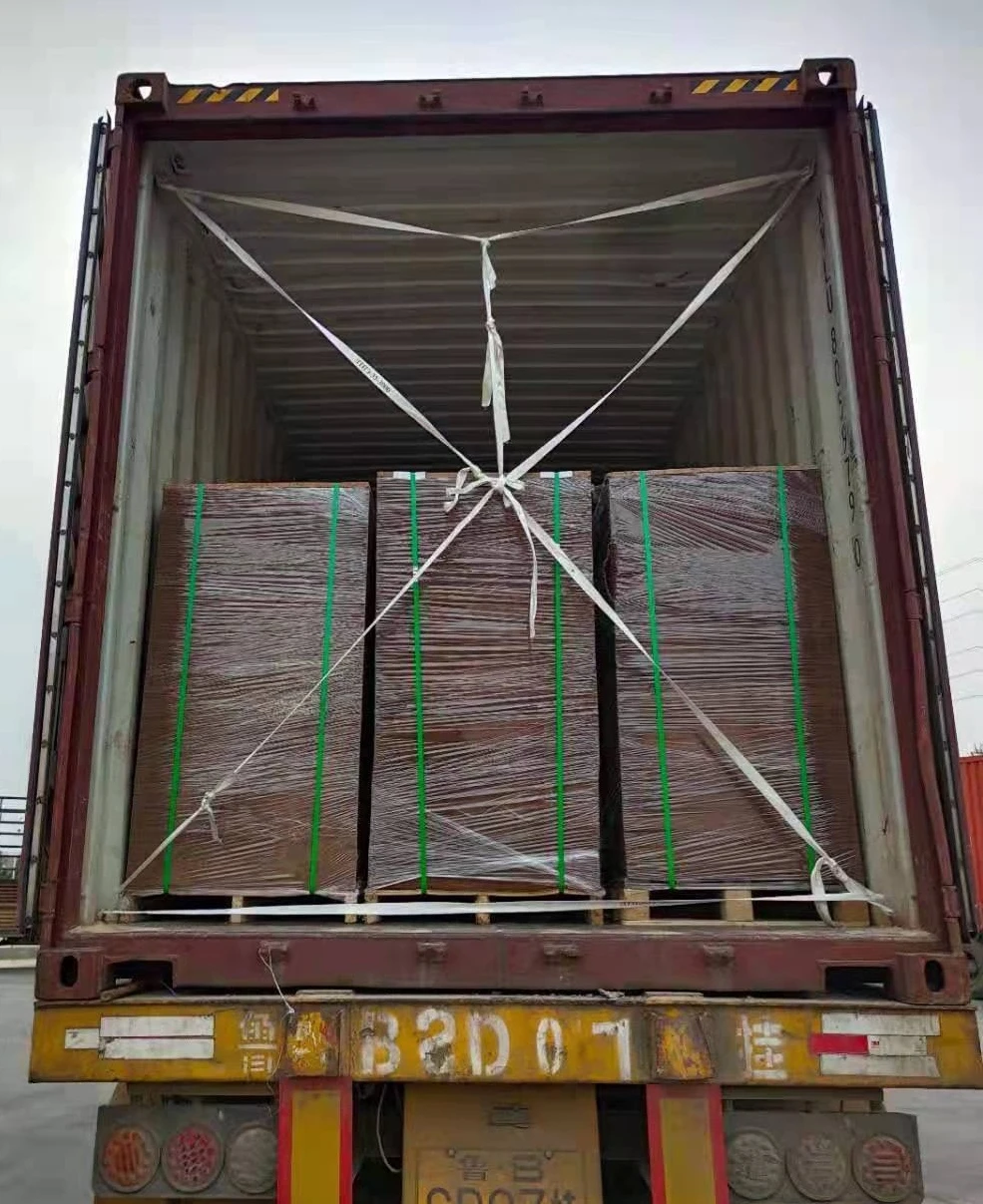Understanding Polyacrylamide Costs Factors, Applications, and Market Trends
Polyacrylamide is a versatile polymer widely used in various industries, including water treatment, agriculture, and oil recovery. The cost of polyacrylamide can fluctuate significantly based on several factors, including production processes, raw material availability, and market demand. This article delves into the factors that influence the cost of polyacrylamide, its applications, and the current market trends that shape its pricing.
Factors Affecting Polyacrylamide Costs
1. Raw Materials The primary raw material for the production of polyacrylamide is acrylamide monomer, which is derived from petrochemical products. As a result, fluctuations in the prices of crude oil and natural gas can have a direct impact on the cost of polyacrylamide. Additionally, the availability of these raw materials can lead to price volatility in the polymer market.
2. Production Processes The manufacturing process of polyacrylamide also influences its cost. There are two main types anionic and cationic polyacrylamide, each produced through different methods. The complexity and energy requirements of the production process can affect the final pricing. Advances in production technology may reduce costs, but the initial setup or transition to more efficient processes may require significant investment.
3. Transportation and Logistics Transportation costs are another critical factor in determining the market price of polyacrylamide. The location of production facilities in relation to the target markets can significantly affect shipping costs. Moreover, regulatory considerations, such as environmental compliance during logistics, can impose additional expenses, further influencing the final price of the product.
4. Market Demand The demand for polyacrylamide is largely dictated by its applications. In water treatment, for instance, increasing regulatory requirements for clean water can drive demand. Similarly, in agriculture, the adoption of polyacrylamide-treated soils for improving water retention has gained popularity. Economic trends in the industries that utilize polyacrylamide significantly impact its pricing.
Applications of Polyacrylamide
Polyacrylamide serves multiple purposes across various sectors. In water treatment, it is utilized as a coagulant and flocculant to remove suspended solids from wastewater. The oil industry employs polyacrylamide in enhanced oil recovery, improving the efficiency of oil extraction through the manipulation of water viscosity.
polyacrylamide cost

In agriculture, polyacrylamide is used to enhance soil structure, reduce erosion, and improve water retention. Its ability to absorb and hold water makes it an essential component in drought-prone areas, greatly benefiting crop yields.
Current Market Trends
The polyacrylamide market has been experiencing several trends that shape its cost structure. As environmental regulations become more stringent, the demand for high-quality polymers for wastewater treatment is on the rise. This demand surge can lead to increased production and logistics costs, thereby affecting prices.
Moreover, the agricultural sector's shift towards sustainability is driving innovation in the development of more biodegradable and environmentally friendly forms of polyacrylamide. As new formulations emerge, production processes may need to adapt, resulting in potential cost fluctuations.
Another significant trend is globalization. With the expansion of international trade, polyacrylamide manufacturers are increasingly competing on a global scale. This competition can lead to prices stabilizing in regions that have traditionally experienced high costs or fluctuations due to local market conditions.
Conclusion
Understanding the factors influencing polyacrylamide costs is crucial for stakeholders in various industries that rely on this polymer for their operations. While raw material prices, production processes, and transportation logistics play vital roles, market demand driven by regulatory changes and technological advancements also shapes the pricing structure.
As industries continue to evolve and embrace sustainable practices, the polyacrylamide market will likely adapt, reflecting these changes in cost. Stakeholders must remain vigilant and informed about these trends to make wise purchasing decisions and maintain competitiveness in their respective markets. Ultimately, polyacrylamide is more than just a product; it is a key ingredient in numerous applications that serve vital roles in environmental protection, agriculture, and industrial efficiency.

